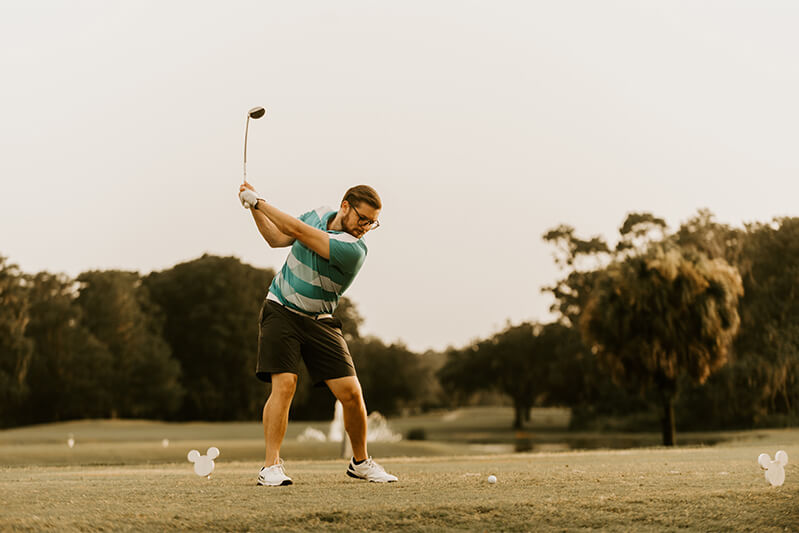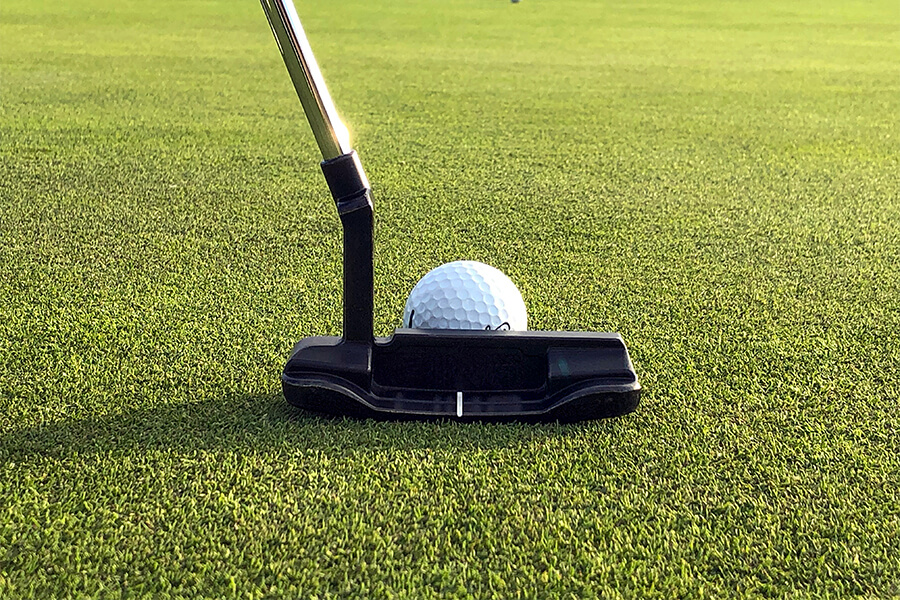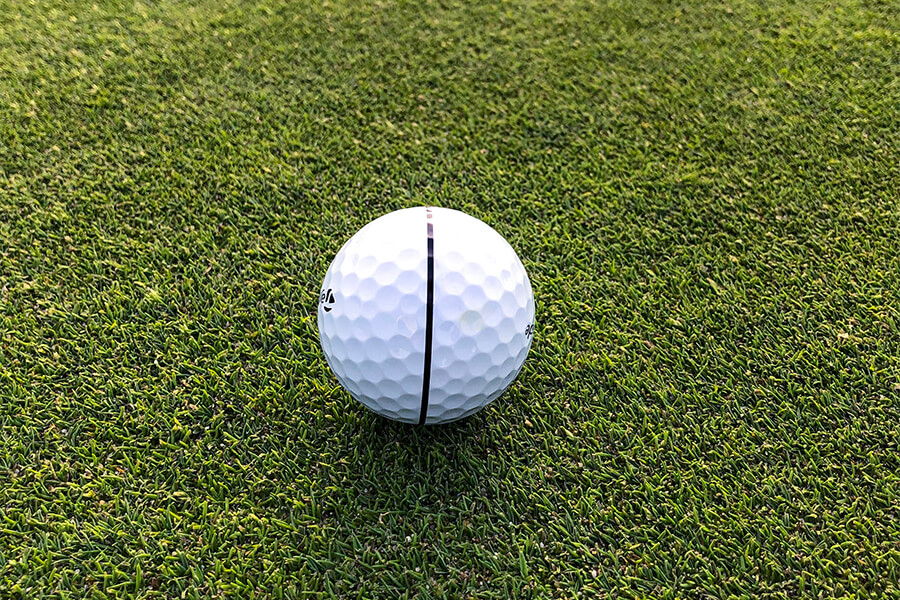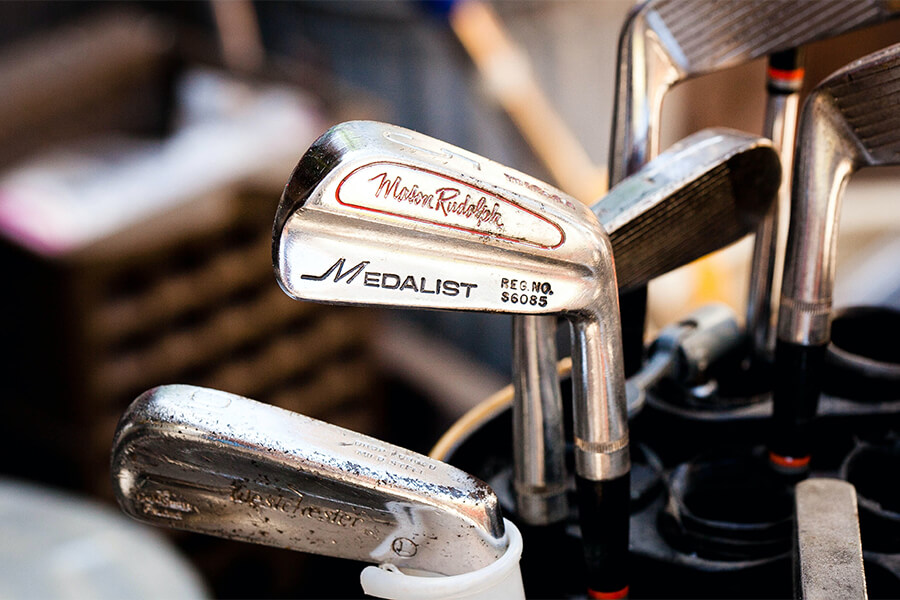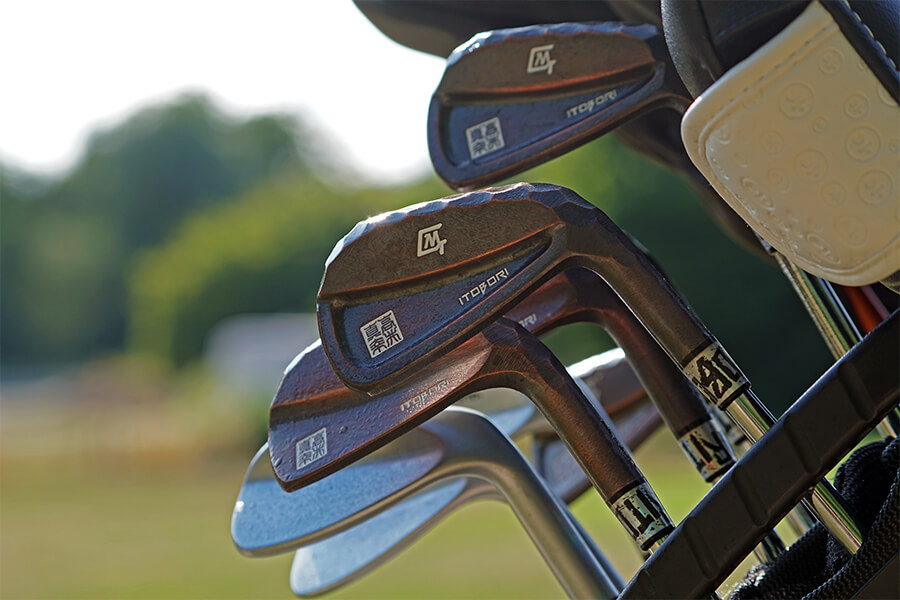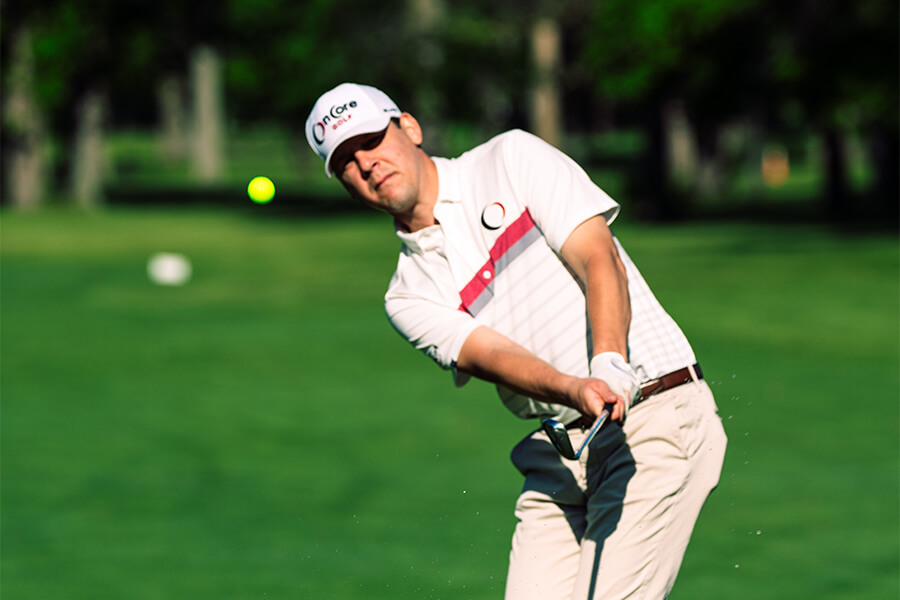Understanding how the wrists function can help you improve your golf swing, increase distance, and boost accuracy. This is a step-by-step explanation of how the wrists function during the golf swing.
Step 1: Backswing
The wrists should be passive and not actively move throughout the backswing. This enables the larger muscles in the arms and shoulders to start the swing. As the club is brought back, the wrists should naturally flex, forming the correct angle for the downswing.
Step 2: Downswing
Once the club reaches the ball in the downswing, the wrists start to actively release, or “snap.” This is referred to as a “wrist cock,” and it aids in generating strength and speed in the swing. The clubhead will move through the contact zone more quickly when the wrists release, resulting in greater distance and accuracy.
Step 3: The continuation
The wrists should stay cocked with the palms facing up during the follow-through. This makes it possible to release the club smoothly and reduces the chance of the clubhead twisting or turning.
It’s crucial to remember that the wrists shouldn’t move excessively while you’re swinging. The clubhead may travel off-plane as a result of an overactive wrist, which will reduce power and accuracy. The wrists should be kept passive during the backswing and actively released during the downswing.
Wrist workouts
It’s crucial to include wrist exercises in your practice regimen in addition to comprehending the mechanics of how the wrists function during the golf swing. A couple of the exercises listed below might help your wrists become more flexible and strong.
- Sit with your forearms on a table and your hands dangling over the side to perform wrist flexion and extension. Bend your wrists slowly in both directions, keeping each position for a brief period of time. 10-15 times, repeat.
- Rotate your wrists while sitting with your forearms resting on a table and your hands resting on the edge. Move your wrists slowly in a clockwise and counterclockwise circular motion. 10-15 times, repeat.
- Wrist extensions: Extend your arm straight out in front of you while holding a small weight or can in your hand. Maintaining a straight arm, slowly bend your wrist back. 10-15 times, repeat.
- Wrist flexions: Extend your arm straight out in front of you while holding a small weight or can in your hand. While maintaining a straight arm, slowly bend your wrist forward. 10-15 times, repeat.
It’s crucial to remember that practicing your swing should always come first, even though wrist workouts can help your wrists become stronger and more flexible. Together with regular swing practice, including wrist exercises in your practice regimen will help you become a better golfer.
How The Wrists Work In The Golf Swing
One important thing to keep in mind is that the last component of the body to move throughout the golf swing should be the wrists. During the backswing, they should be passive, and during the downswing, they should actively release. Focusing on the appropriate grip and posture during address will help you achieve this.
It’s also crucial to remember that during the swing, the wrists should move in unison with the rest of the body. The club might travel off-plane and lose power and accuracy if there is any disconnect between the wrists and the rest of the body. Practice the swing slowly and concentrate on the wrists’ seamless transition from the backswing to the downswing to make sure they are in time with the rest of the body.
The wrists need to be strong and flexible, which is another consideration. While wrist strength is necessary to keep control of the club during the swing, wrist flexibility is necessary for a clean release of the club during the downswing. Using wrist exercises in your practice regimen can help your wrists become more flexible and strong.
Last but not least, it’s critical to keep in mind that the golf swing is a complicated motion that calls for a combination of good mechanics, strength, and flexibility. By understanding how the wrists function in the golf swing and implementing wrist exercises into your practice regimen, you can enhance your swing and lower your scores. Nevertheless, focusing simply on the wrists will not improve your golf game.

